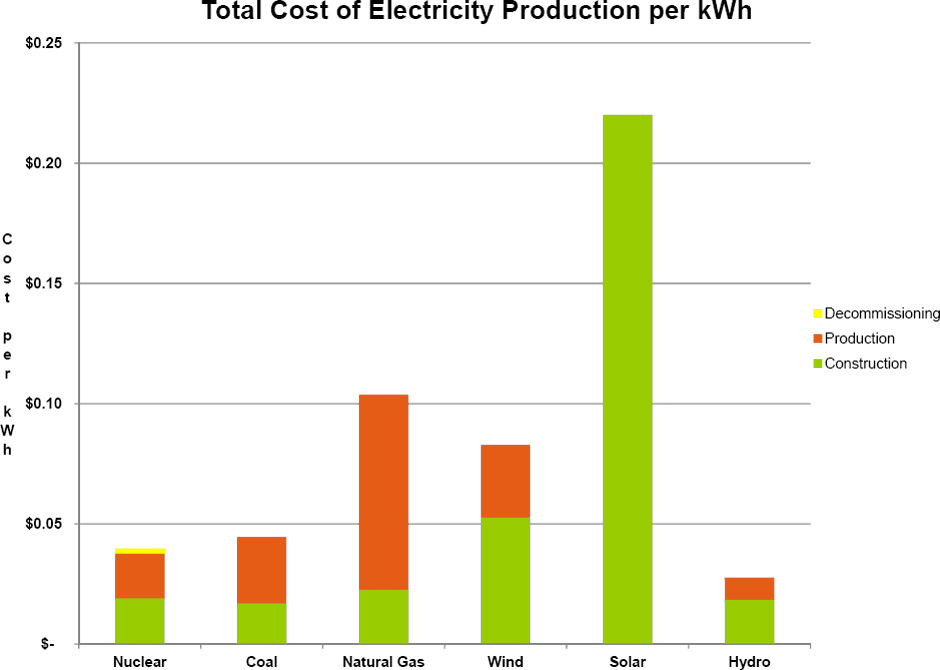Overview
Twelve years ago, the global population of the Earth reached six billion. This month, it reached seven billion. (Sachs, 2011) Consumption of water for agricultural purposes is now up to 70% of all available fresh water for human use. (Cosgrove & Rijsberman, 2000, p. 7) Such elevated water use is beginning to have an effect. “Because of the increase in water withdrawals, the pressure on water resources will grow significantly in large areas of Africa, Asia, and Latin America.” (Cosgrove & Rijsberman, 2000, p. 29) That is an alarming statement, considering the state of water scarcity in those areas today. In addition, “more than 1 billion people lack access to safe drinking water.” (Cosgrove & Rijsberman, 2000, p. 1) That equates to one out of every seven people on the planet.
In seeking out new sources of freshwater, China, like the Middle East, is now heavily investing in desalination. (Wines, 2011) Because 97% of all water on the planet is seawater, the potential to tap into this enormous resource presents a tempting and potentially profitable solution to the water crisis. Yet, energy sources required for the technology are cost inhibitive.
Desalination has evolved from traditional and costlier approaches that required high rates of energy usage to heat and distill water. Today, reverse osmosis (RO) membranes separate salt molecules from water molecules as water is forced through them at extremely high rates of pressure. While RO has reduced costs substantially, energy costs still remain a critical inhibitor. RO process “requires about 14 kilowatt-hours of energy to produce 1,000 gallons of desalinated seawater.” (Schirber, 2007)
The average cost of energy required includes capital expenditure and operating cost factors such as construction, production and decommission (nuclear). Cost per energy source is as follows: 1) hydro – $.03/kwh, 2) coal and nuclear – $.04/kwh, 3) wind – $.08/kwh, 4) natural gas – $.10/kwh, and 5) solar – $.22/kwh. (Morgan, 2010) The U.S. consumes 323 billion gallons of surface water and 84.5 billion gallons of groundwater per day. (Schirber, 2007) At 14kwh/1000gal., energy required equates to 5,705,000,000kwh/year. Applying these figures, the total energy cost by energy type is illustrated in Exhibit 1.

Of all of the renewables, only nuclear is the most affordable. Yet nuclear plants are much slower to build. The only remaining solution is the use of fossil fuels. Dependency upon these, however, is based on both limited access and supply. As a result, it stands to reason that the highest concentration of desalination plants in the world today is located in the Middle East. (Perlman, 2011) Countries in the Middle East, however, are showing signs of change. Just this month, “the Abu Dhabi Water & Electricity Authority – historically one of the biggest customers for thermal desalination plants in the world – is planning to switch to membrane desalination in future. The move reflects the decision to move towards nuclear power generation (rather than gas-fired power plants).” (Scotney, 2011, p. 8)With growing interest in nuclear power in the Middle East, other countries such as Saudi Arabia and Qatar plan to bring new RO plants online as early as 2013. (Scotney, 2011, p. 8)
Despite continued efforts to increase desalination around the world, the planet continues to faces a water crisis. “By 2025 half the world’s people will live in countries with high water stress.” (Cosgrove & Rijsberman, 2000, p. 29) Adding insult to injury is the sobering fact that, while 97% of the Earth’s water supply is staring us in the face, we have yet to accelerate the necessary technologies to fully and cost effectively tap that resource. As a result, on a planet where massive oceans of water exist, its inhabitants still continue to die of thirst every day.
Works Cited
- Cosgrove, W. J., & Rijsberman, F. R. (2000). World Water Vision: Making Water Everybody’s Business. Retrieved October 30, 2011, from World Water Council: http://www.worldwatercouncil.org/index.php?id=961
- Morgan, J. (2010, April 2). Comparing Energy Costs of Nuclear, Coal, Gas, Wind and Solar KWH. Retrieved October 30, 2011, from Nuclear Fissionary: http://nuclearfissionary.com/2010/04/02/comparing-energy-costs-of-nuclear-coal-gas-wind-and-solar/
- Perlman, H. (2011, February 8). Thirsty? How ‘Bout a Cool, Refreshing Cup of Seawater? Retrieved October 30, 2011, from U.S. Geological Survey: http://ga.water.usgs.gov/edu/drinkseawater.html
- Sachs, J. D. (2011, October 21). With 7 Billion on Earth, A Huge Task Before Us. Retrieved October 30, 2011, from CNN: http://www.cnn.com/2011/10/17/opinion/sachs-global-population/index.html?hpt=hp_c1
- Schirber, M. (2007, June 25). Why Desalination Doesn’t Work (Yet). (TechMediaNetwork) Retrieved October 30, 2011, from LiveScience: http://www.livescience.com/4510-desalination-work.html
- Scotney, T. (2011, October). Nuclear Plans Push Abu Dhabi Towards RO. (I. Elkins, Ed.) Global Water Intelligence: Market-Leading Analysis of the International Water Industry, 12(10), p. 8. Retrieved October 30, 2011, from http://www.globalwaterintel.com/client_media/restricted/GWI_Oct11_final_final.pdf?dlkey=110b18222f1da802ab1a39091ace89ec2b9a60c0
- Wines, M. (2011, October 25). China Takes a Loss to Get Ahead in the Business of Fresh Water. Retrieved October 30, 2011, from New York Times: http://www.nytimes.com/2011/10/26/world/asia/china-takes-loss-to-get-ahead-in-desalination-industry.html?_r=1&ref=business
Originally written by Gavin P. Smith for the William & Mary Mason School of Business.
